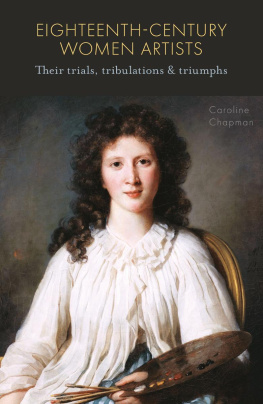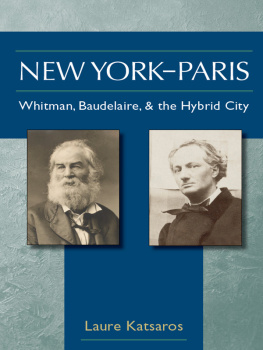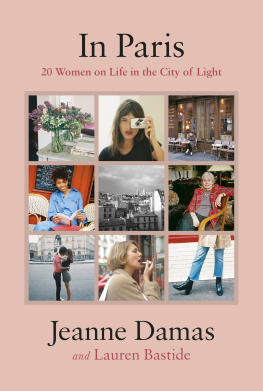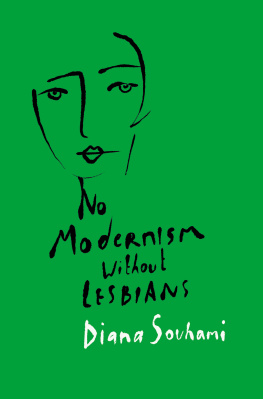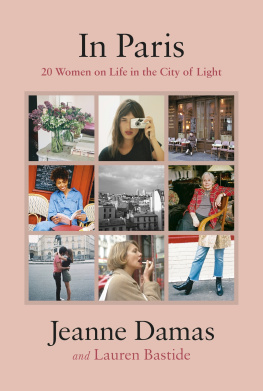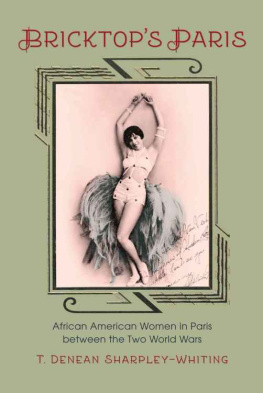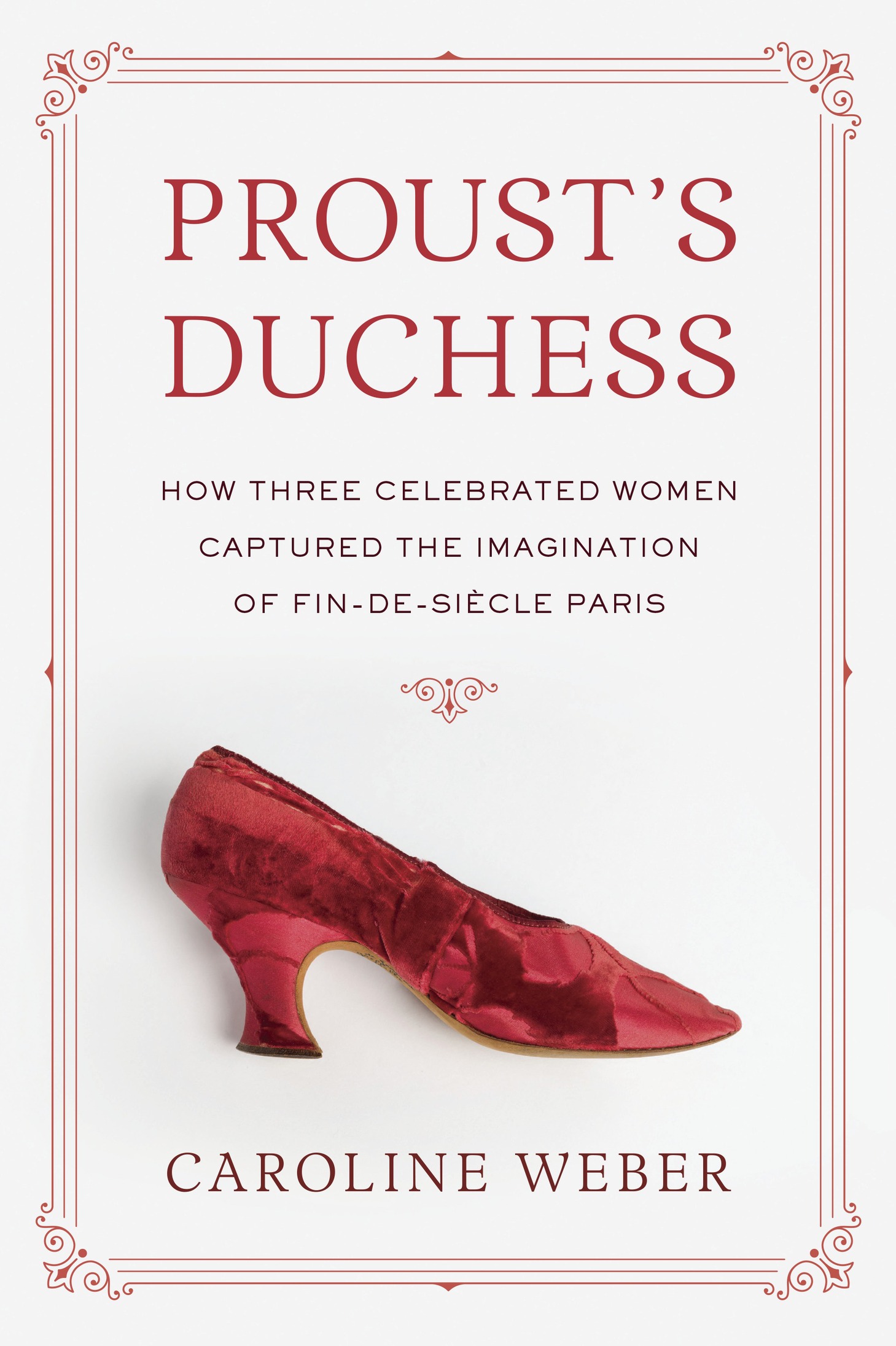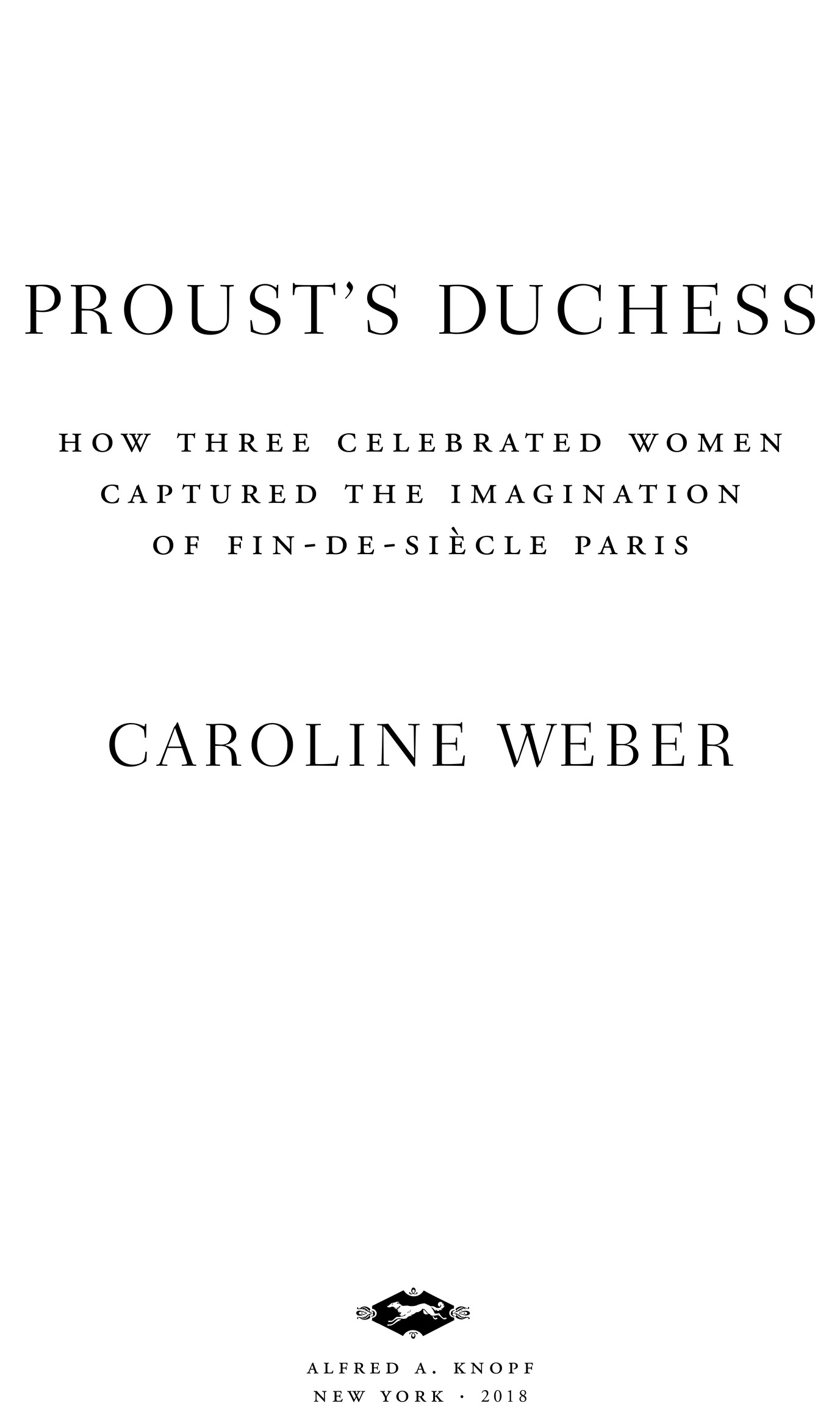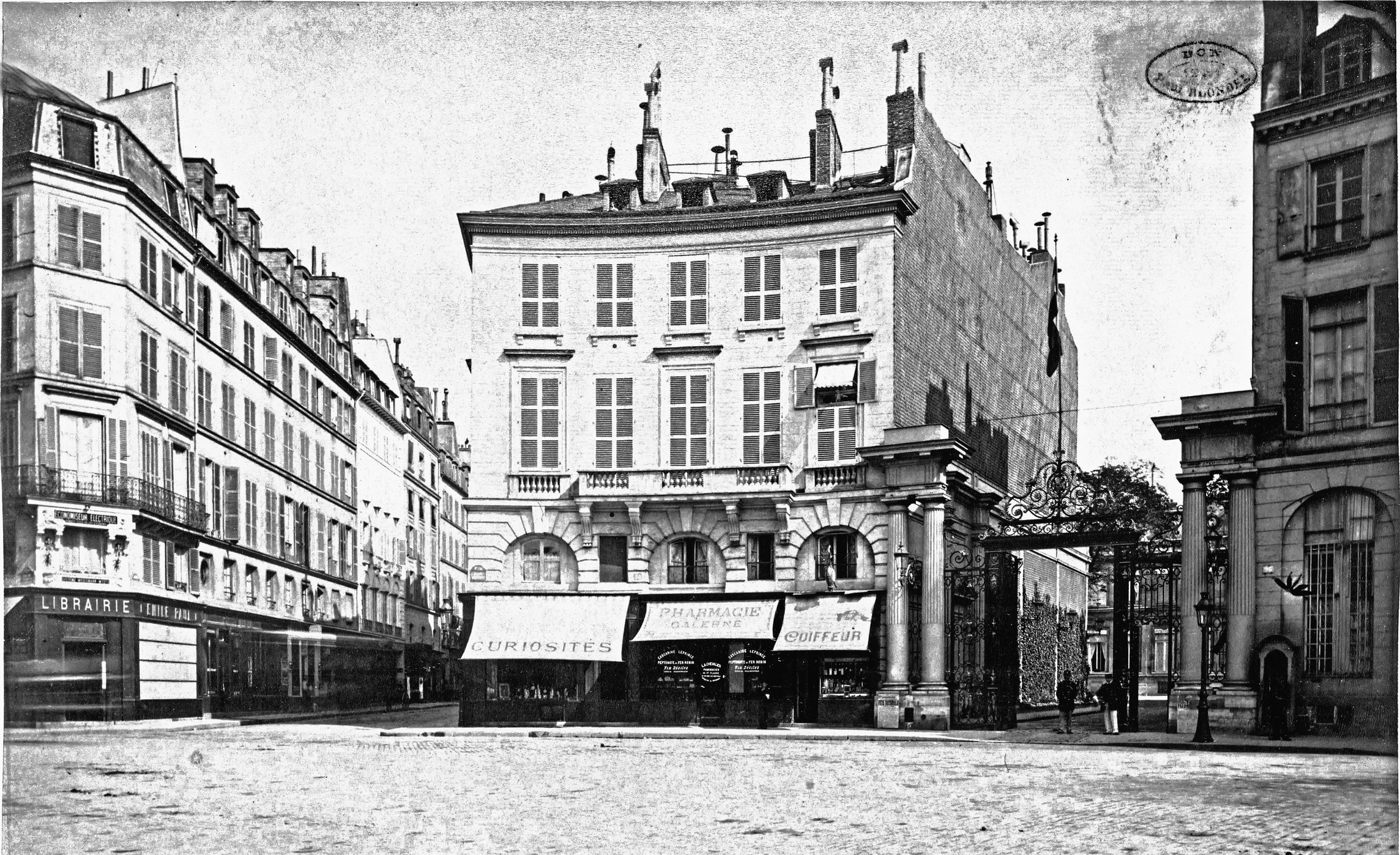Caroline Weber - Prousts duchess: how three celebrated women captured the imagination of fin-de-siècle Paris
Here you can read online Caroline Weber - Prousts duchess: how three celebrated women captured the imagination of fin-de-siècle Paris full text of the book (entire story) in english for free. Download pdf and epub, get meaning, cover and reviews about this ebook. year: 2018, publisher: Knopf Doubleday Publishing Group, genre: Non-fiction. Description of the work, (preface) as well as reviews are available. Best literature library LitArk.com created for fans of good reading and offers a wide selection of genres:
Romance novel
Science fiction
Adventure
Detective
Science
History
Home and family
Prose
Art
Politics
Computer
Non-fiction
Religion
Business
Children
Humor
Choose a favorite category and find really read worthwhile books. Enjoy immersion in the world of imagination, feel the emotions of the characters or learn something new for yourself, make an fascinating discovery.

- Book:Prousts duchess: how three celebrated women captured the imagination of fin-de-siècle Paris
- Author:
- Publisher:Knopf Doubleday Publishing Group
- Genre:
- Year:2018
- Rating:5 / 5
- Favourites:Add to favourites
- Your mark:
Prousts duchess: how three celebrated women captured the imagination of fin-de-siècle Paris: summary, description and annotation
We offer to read an annotation, description, summary or preface (depends on what the author of the book "Prousts duchess: how three celebrated women captured the imagination of fin-de-siècle Paris" wrote himself). If you haven't found the necessary information about the book — write in the comments, we will try to find it.
Genevive Halvy Bizet Straus; Laure de Sade, Comtesse de Adhaume de Chevign; and lisabeth de Riquet de Caraman-Chimay, the Comtesse Greffuhlethese were the three superstars of fin-de-sicle Parisian high society who, as Caroline Weber says, transformed themselves, and were transformed by those around them, into living legends: paragons of elegance, nobility, and style. All well but unhappily married, these women sought freedom and fulfillment by reinventing themselves, between the 1870s and 1890s, as icons. At their fabled salons, they inspired the creativity of several generations of writers, visual artists, composers, designers, and journalists....
Caroline Weber: author's other books
Who wrote Prousts duchess: how three celebrated women captured the imagination of fin-de-siècle Paris? Find out the surname, the name of the author of the book and a list of all author's works by series.


